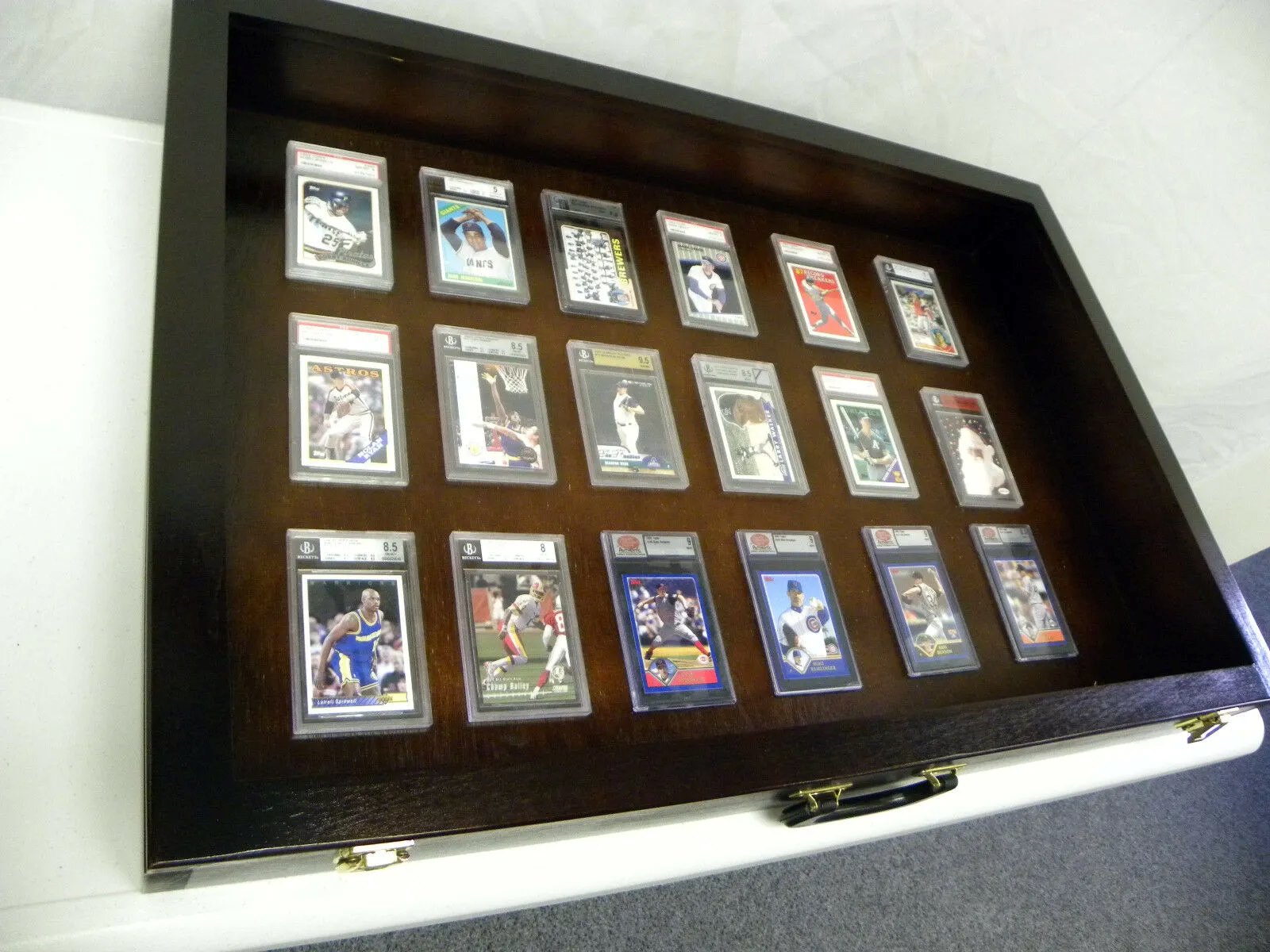

Articles
How To Store Baseball Cards
Modified: October 20, 2024
Learn how to properly store your valuable baseball card collection with our informative articles. Keep your cards in pristine condition for years to come.
(Many of the links in this article redirect to a specific reviewed product. Your purchase of these products through affiliate links helps to generate commission for Storables.com, at no extra cost. Learn more)
Introduction
Baseball cards hold a special place in the hearts of collectors and enthusiasts alike. These small pieces of cardboard carry rich histories and capture moments in sports history. Whether you’re an avid collector or someone who stumbled upon a beloved childhood collection, ensuring the proper storage and care of your baseball cards is vital to preserving their value and longevity.
In this article, we will discuss the importance of choosing the right storage materials, provide tips on sorting and organizing your baseball cards, offer advice on how to handle and care for them, explore various storage options, discuss essential supplies, and share best practices for storing and displaying your baseball card collection.
By following these guidelines, you can prevent damage, preserve the condition of your cards, and potentially increase their value over time. So, let’s dive in!
Key Takeaways:
- Preserve the value and longevity of your baseball card collection by choosing acid-free storage materials, organizing with care, and handling cards gently to prevent damage and increase their potential worth over time.
- Elevate your baseball card collection by exploring diverse storage options, essential supplies, and creative display ideas to safeguard their historical and sentimental value while adding a personal touch to your space.
Read also: 12 Best Baseball Card Storage For 2025
Choosing the Right Storage Materials
When it comes to preserving your baseball cards, selecting the right storage materials is crucial. The primary goal is to protect the cards from moisture, dust, sunlight, and other elements that can cause damage over time. Here are some essential materials to consider:
- Acid-free and Archival-Quality Sleeves: Invest in sleeves made from acid-free and archival-quality materials. These sleeves are designed to minimize the risk of chemical reactions that can deteriorate the cards over time.
- Toploaders: Toploaders are hard plastic card holders that provide rigid protection. They are perfect for storing valuable cards, as they offer extra security against bending or creasing.
- Cardboard Boxes: Sturdy, acid-free cardboard boxes are excellent for organizing and storing your baseball cards. Look for boxes specifically designed for card storage to ensure a proper fit.
- Binders with Plastic Pages: Binders with plastic pages are a popular choice for collectors who want to display their cards while keeping them protected. Make sure the plastic pages are acid-free and free of PVC, as these materials can damage the cards over time.
Remember, it’s essential to avoid materials that contain chemicals that can harm your cards. Always opt for acid-free, archival-quality, and PVC-free materials to ensure the long-term preservation of your baseball cards.
Sorting and Organizing Baseball Cards
Having a well-organized collection not only makes it easier to find specific cards but also helps maintain their condition. Here are some tips to help you sort and organize your baseball cards:
- Sort by Year or Set: One of the most common ways to organize cards is by the year they were produced or by specific sets. This approach allows you to easily track the evolution of players or teams over time.
- Sort by Player: If you have a large collection or want to focus on a particular player, sorting your cards by player is a great option. This method can make it easier to assess the value or completeness of your collection for a specific player.
- Use Card Dividers: Card dividers with alphabetical tabs are an excellent way to keep your cards organized within a box or binder. They allow you to quickly flip to a specific section without handling cards unnecessarily.
- Labeling: Adding labels or tags to your storage boxes or binders can make it easier to locate specific cards. Consider labeling each box or dividing larger sections within binders to improve accessibility.
- Utilize Trading Card Apps or Software: There are many trading card apps and software available that can assist in cataloging and organizing your collection digitally. These tools allow you to easily track your cards, add notes, and even assess the value of your collection.
By implementing these organizational techniques, you can ensure that every card has its place and is easily accessible when you need it.
Handling and Care Tips for Baseball Cards
Proper handling and care are crucial for maintaining the condition and value of your baseball cards. Here are some important tips to keep in mind:
- Wash Your Hands: Before handling your cards, make sure your hands are clean and free of any oils or residues that could transfer onto the cards. Washing your hands with mild soap and water and drying them thoroughly is recommended.
- Handle Cards by the Edges: When picking up a card, always hold it by the edges to avoid touching the surface. This helps prevent smudges, fingerprints, or accidental damage to the card’s corners.
- Avoid Eating or Drinking Near Your Cards: Food and beverages can pose a significant risk to your cards. Avoid consuming them near your collection to prevent accidental spills or stains.
- Store Cards in a Clean Environment: Avoid storing your cards in areas prone to high humidity, extreme temperatures, or direct sunlight. Find a clean and dry space, away from potential sources of damage, such as water pipes or heating ducts.
- Avoid Excessive Handling: Excessive handling can lead to wear and tear on your cards. Minimize unnecessary handling and limit the number of times you remove them from their protective sleeves or holders.
- Be Careful with Card Inserts: Some baseball cards come with inserts, such as autographs or pieces of memorabilia. Take extra caution when handling cards with inserts to prevent damage to these valuable additions.
- Keep Cards Flat and Upright: Storing cards flat or in an upright position helps prevent bending or warping. If using boxes, consider using dividers or card holders to keep the cards in place.
- Avoid Using Rubber Bands or Paper Clips: Rubber bands and paper clips can cause damage by leaving imprints or creases on your cards. Opt for proper storage materials, such as sleeves or toploaders, to keep your cards protected without risking damage.
By following these handling and care tips, you can ensure that your baseball cards stay in pristine condition for years to come.
Storage Options for Baseball Cards
Choosing the right storage option for your baseball cards is crucial for their protection and longevity. Here are some popular storage options to consider:
- Cardboard Storage Boxes: Cardboard storage boxes are a classic choice for organizing and storing baseball cards. They are affordable, easy to find, and come in various sizes to accommodate different collection sizes. Look for sturdy, acid-free boxes specifically designed for card storage.
- Binders with Plastic Pages: Binders with plastic pages are an excellent choice if you want to showcase your cards while keeping them protected. The plastic pages hold the cards securely and allow you to easily flip through and admire your collection. Make sure to choose acid-free and PVC-free pages.
- Storage Cases: Storage cases provide an extra layer of protection for your cards. They are typically made of durable materials like plastic and feature secure locking mechanisms. Storage cases are a great option for valuable or rare cards that require enhanced security.
- Card Albums: Card albums, similar to binders, are designed explicitly for storing and displaying baseball cards. They often have pre-set pockets that fit standard-sized cards, making it easy to slide them in and out. Card albums are a popular choice for collectors who want a more organized and visually appealing display.
- Plastic Card Sleeves: Plastic card sleeves are an affordable and convenient option for protecting individual cards. These sleeves are made from clear plastic and fit snugly around the card, shielding it from dust, fingerprints, and minor scratches. Consider using acid-free and archival-quality sleeves for optimal protection.
When choosing a storage option, consider factors such as the size of your collection, accessibility needs, and the level of protection required for your cards. Additionally, always opt for materials that are specifically designed for card storage and free of chemicals that could harm your collection over time.
Store baseball cards in a cool, dry place away from direct sunlight to prevent fading and damage. Use acid-free sleeves or toploaders to protect the cards from bending and moisture.
Read more: How To Store Baseball Hats
Essential Supplies for Baseball Card Storage
To properly store and protect your baseball card collection, you’ll need a few essential supplies. Here are some items you should consider:
- Acid-Free Card Sleeves: Acid-free card sleeves are a must-have for protecting your cards from moisture, dust, and fingerprints. Select sleeves that fit your cards snugly and are made from archival-quality materials for optimal preservation.
- Toploaders: Toploaders are rigid plastic card holders that offer extra protection against bending and creasing. These are especially important for valuable or cherished cards that require added security.
- Card dividers: Card dividers are useful for organizing your collection within a storage box or binder. Use dividers with alphabetical tabs or categories to make it easy to locate specific players or sets.
- Storage Boxes or Binders: Invest in sturdy storage boxes or binders specifically designed for baseball cards. Look for acid-free, archival-quality options that provide ample space for your collection. Consider your current collection size and anticipate future growth when selecting the appropriate storage solution.
- Plastic Pages or Sleeves: Plastic pages or sleeves that fit within your binders are essential for secure card storage and display. Opt for acid-free, PVC-free, and archival-quality plastic materials to minimize the risk of damage to your cards.
- Microfiber Cloth: A soft microfiber cloth is handy for gently cleaning your cards. Avoid using rough or abrasive materials that can scratch or damage the surface of your cards.
- Feather Duster or Soft Brush: To remove dust from your cards, use a feather duster or a soft brush. When using a brush, be gentle and make sure it does not have bristles that could potentially scratch the cards.
- Pencil or Pen: Keep a pencil or pen handy for labeling storage boxes, dividers, or specific cards. Use archival-quality ink to avoid fading and label carefully to maintain the value of your collection.
By having these essential supplies at your disposal, you can ensure the proper storage and protection of your baseball card collection and enhance its longevity and value.
Best Practices for Storing Baseball Cards
To maintain the condition and value of your baseball card collection, it’s essential to follow some best practices for storage. Here are some tips to help you store your cards properly:
- Use Proper Storage Materials: Invest in acid-free, archival-quality sleeves, toploaders, storage boxes, and binders. These materials will protect your cards from moisture, dust, sunlight, and other environmental factors that can damage them over time.
- Keep Cards in a Controlled Environment: Store your cards in a clean, dry area with controlled temperature and humidity levels. Avoid areas prone to excessive heat, cold, or fluctuations in humidity, as they can cause damage to your cards.
- Handle Cards with Care: Always handle your cards with clean hands and hold them by the edges to prevent smudges, fingerprints, or accidental damage. Limit unnecessary handling and avoid bending or folding the cards.
- Sort and Organize: Regularly sort and organize your cards by year, set, or player to maintain an orderly collection. Use dividers or card separators to keep different categories or sections organized within your storage containers.
- Regularly Inspect Your Collection: Check your cards periodically to identify any signs of damage or deterioration. This will allow you to address any issues promptly and prevent further damage to the rest of your collection.
- Store Valuable Cards Separately: If you have rare or especially valuable cards, consider storing them separately in more secure storage options, such as individual toploaders or protective cases.
- Keep Away from Direct Sunlight: Sunlight can fade and damage your cards over time. Store your collection away from windows or areas with direct sunlight exposure to minimize the risk of sun damage.
- Update Storage as Collection Grows: As your collection expands, ensure that your storage solutions can accommodate the added cards. Continually reassess your storage needs and invest in additional supplies or containers as necessary.
- Handle Storage Containers with Care: Whether it’s a storage box, binder, or display case, handle the containers with caution to avoid accidental dropping or mishandling that could damage the cards inside.
By following these best practices, you can ensure the long-term preservation and enjoyment of your baseball card collection. Remember, the proper storage and care of your cards will help maintain their condition and potentially increase their value over time.
Displaying and Showcasing Baseball Cards
Displaying your baseball card collection can be a fantastic way to appreciate and showcase your favorite cards. Here are some ideas and best practices for effectively displaying and showcasing your baseball cards:
- Framed Displays: One of the most visually appealing ways to display baseball cards is by framing them. Choose a frame that fits the size of your cards and use acid-free matting or spacers to prevent direct contact. Arranging cards in a grid or creative pattern can create an eye-catching display.
- Card Stands and Easels: Utilize card stands or easels to prop up individual cards for display on shelves, desks, or mantles. This allows you to highlight specific cards or rotate them for a fresh display regularly.
- Albums or Portfolios: Display your collection in specialized card albums or portfolios designed for showcasing baseball cards. Select albums with clear pocket pages to make it easy to view and appreciate your cards while keeping them protected from potential damage.
- Shadow Boxes: For showcasing a select few cards or specific sets, consider using shadow boxes. These deep frames allow you to display cards in a three-dimensional manner, adding visual interest and depth to your display.
- Wall-Mounted Card Displays: Wall-mounted card holders or frames specifically designed for displaying cards can provide an attractive, space-saving option. These displays can be arranged in various patterns or configurations to suit your preferences.
- Rotate and Refresh: Regularly rotate the cards on display to prevent prolonged exposure to light and reduce the risk of fading or damage. This also allows you to showcase different cards from your collection and keep your display fresh and interesting.
- Themed Displays: Create themed displays based on players, teams, eras, or special events. This can add a narrative element to your collection and make for an engaging display that tells a story.
- Consider Lighting: Proper lighting can enhance the visual impact of your display. Use soft, non-direct lighting to illuminate the cards without causing excessive heat or damage. LED lighting is a popular choice due to its energy efficiency and minimal heat output.
- Protect Against UV Rays: If your display area receives sunlight, consider using UV-protective film or glass on frames or displays to prevent harmful UV rays from fading or damaging your cards.
By incorporating these display ideas and best practices, you can create an impressive showcase for your baseball card collection, allowing you and others to admire the beauty and history of the cards.
Conclusion
Preserving and protecting your baseball card collection is not only crucial for maintaining their condition but also for safeguarding their historical and sentimental value. By following the right storage methods and adopting best practices, you can ensure that your cards remain in excellent condition and potentially increase in value over time.
Choosing the right storage materials, such as acid-free sleeves, toploaders, and archival-quality boxes or binders, is essential. Sorting and organizing your cards by year, set, or player can make it easier to navigate your collection and appreciate its depth. Proper handling and care, such as washing hands before handling cards and avoiding excessive touching, can prevent damage and maintain their pristine condition.
Exploring different storage options, from cardboard boxes to binders with plastic pages, allows you to choose the method that best suits your collection’s size and display preferences. Having essential supplies, such as dividers, microfiber cloths, and storage cases, is key to ensuring the long-term protection of your cards.
Beyond storage, showcasing your baseball cards can be a rewarding endeavor. Whether it’s through framed displays, card stands, or themed exhibits, displaying your collection allows you to appreciate the artistry and nostalgia of the cards while adding a personal touch to your space. Remember to rotate and refresh your displays to prevent damage and keep your collection looking fresh and engaging.
In conclusion, properly storing, handling, and showcasing your baseball card collection is vital for preserving its value and significance. By following the guidelines and best practices outlined in this article, you can ensure that your cards stay in remarkable condition, tell their unique stories, and bring joy to future generations of collectors and enthusiasts.
Frequently Asked Questions about How To Store Baseball Cards
Was this page helpful?
At Storables.com, we guarantee accurate and reliable information. Our content, validated by Expert Board Contributors, is crafted following stringent Editorial Policies. We're committed to providing you with well-researched, expert-backed insights for all your informational needs.
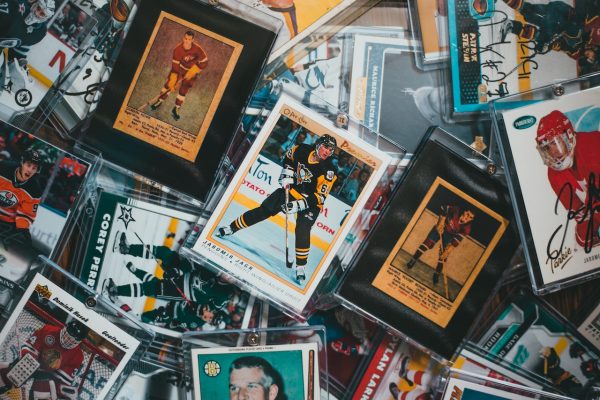
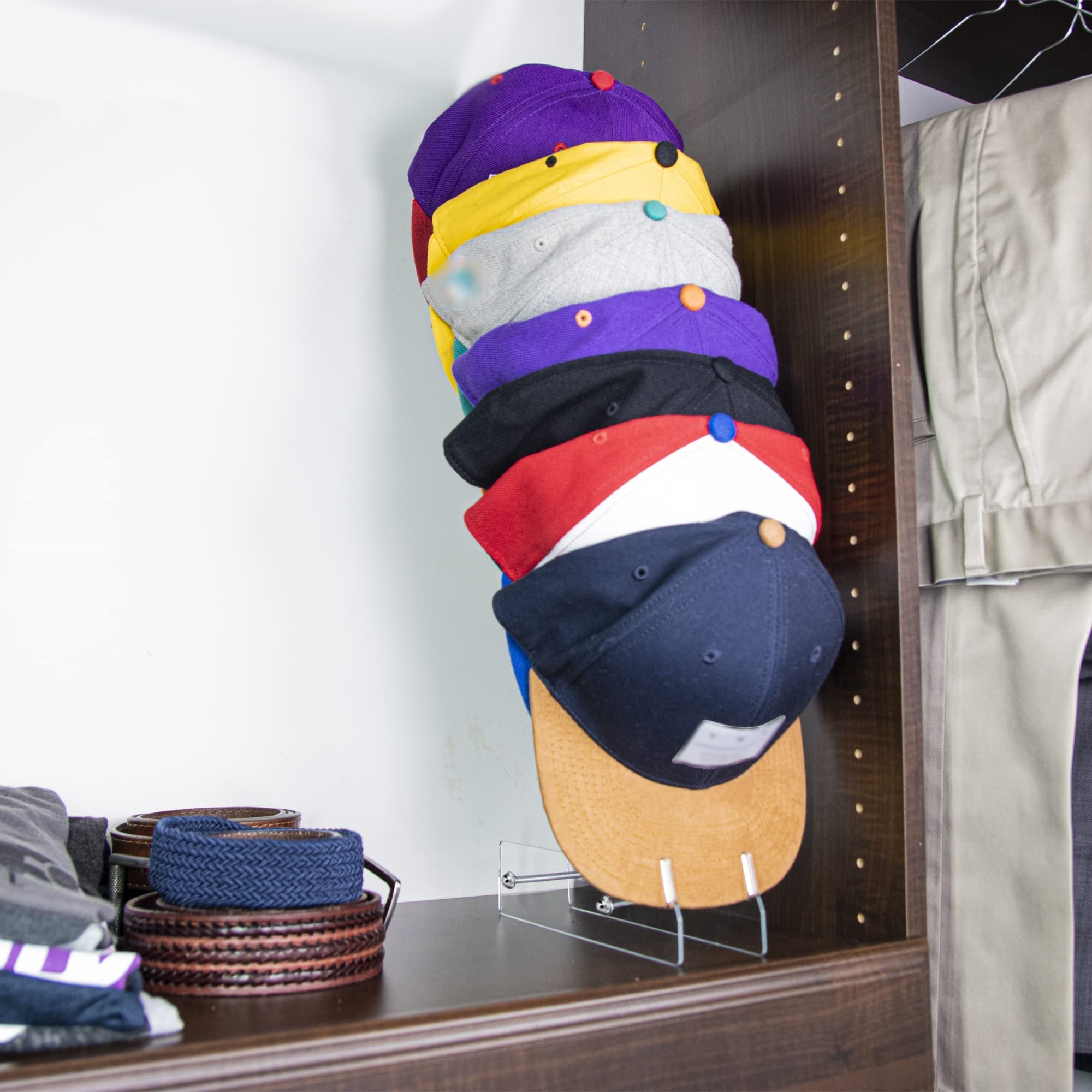
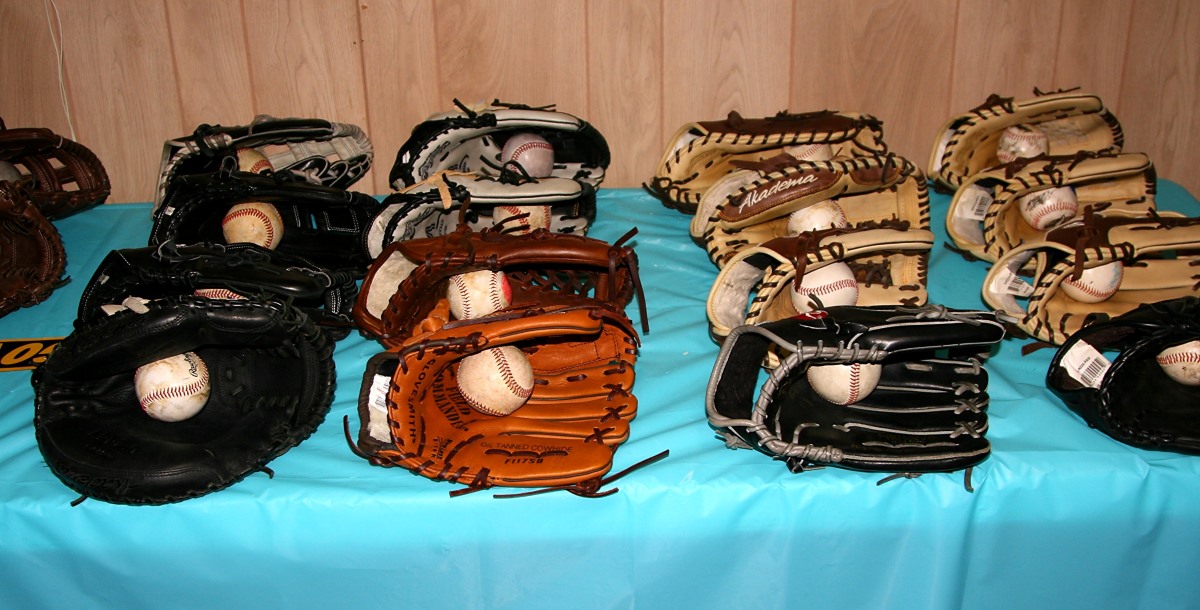
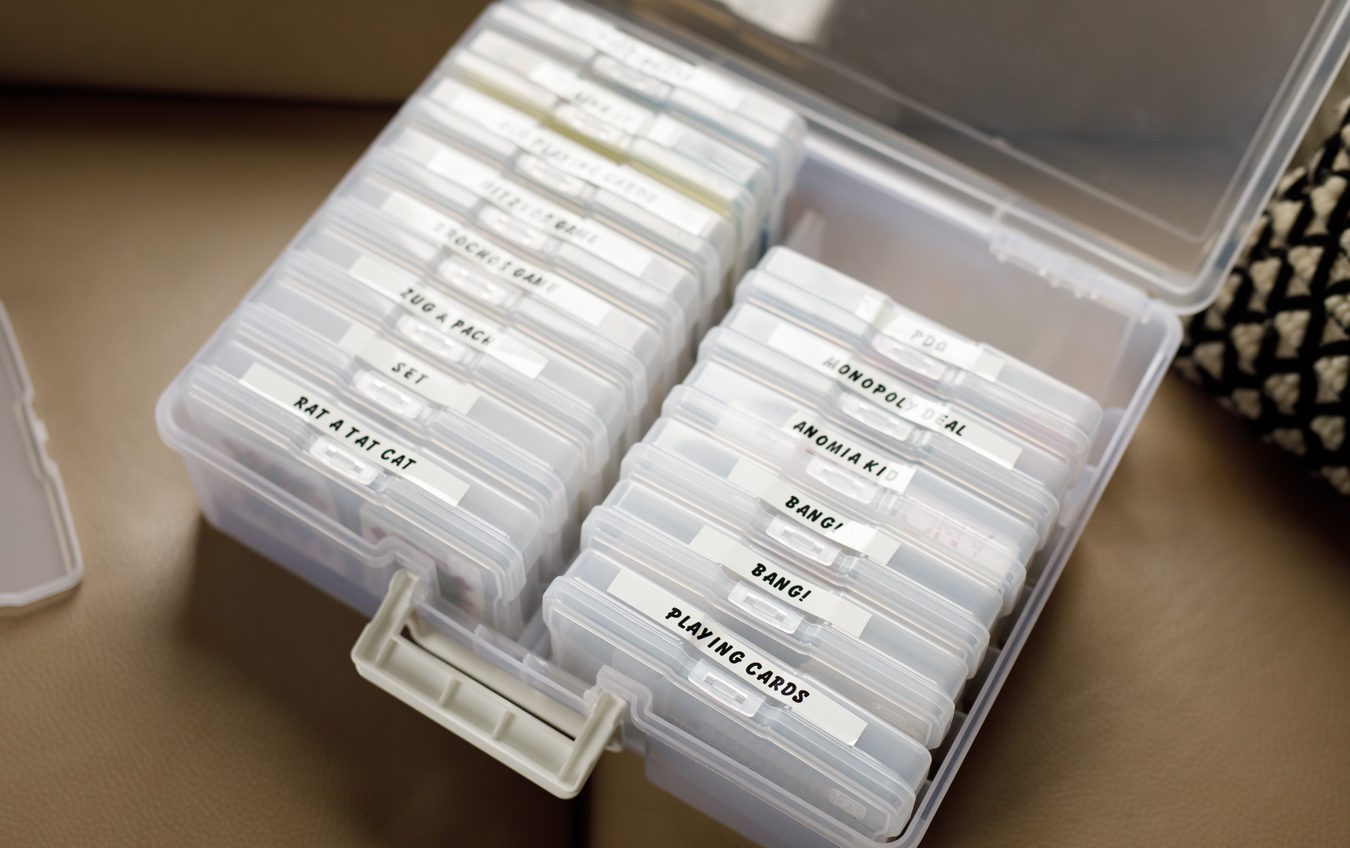
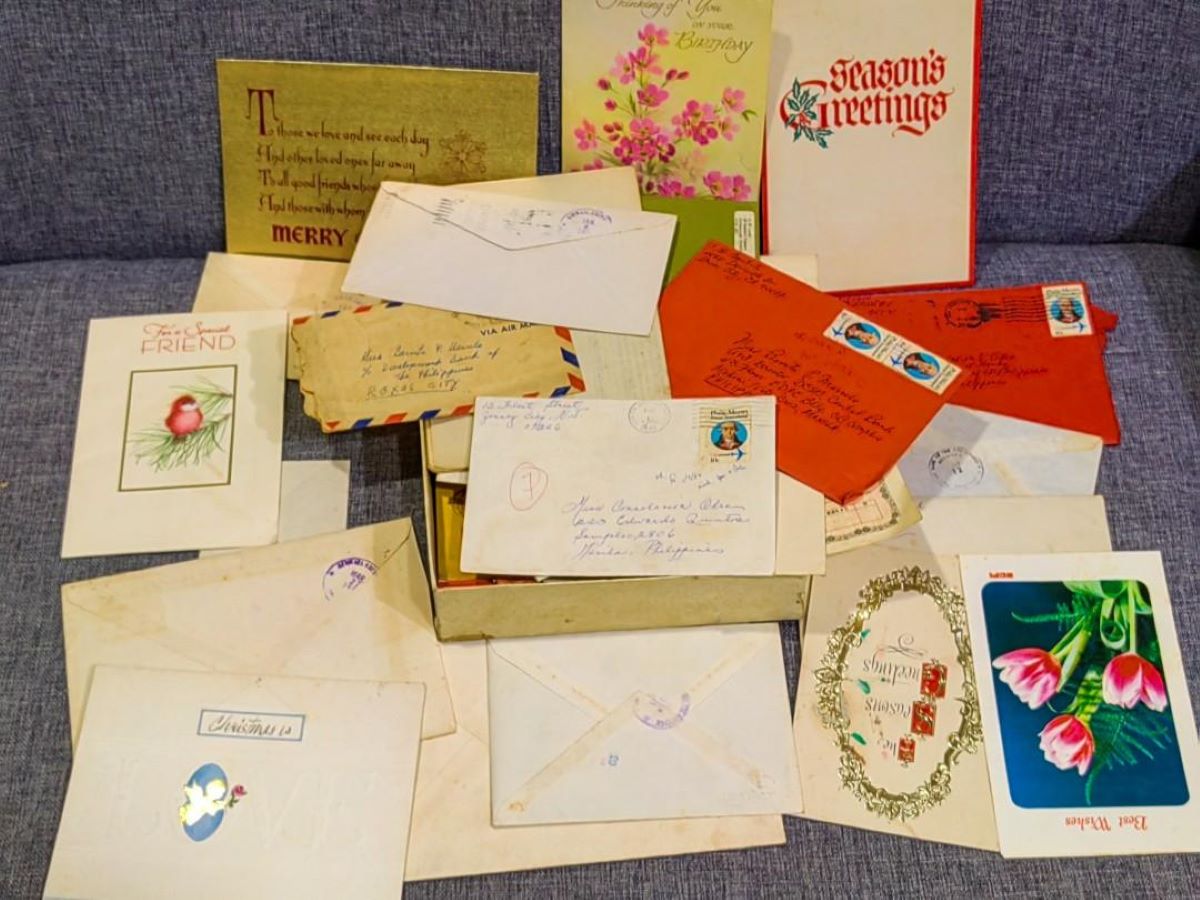
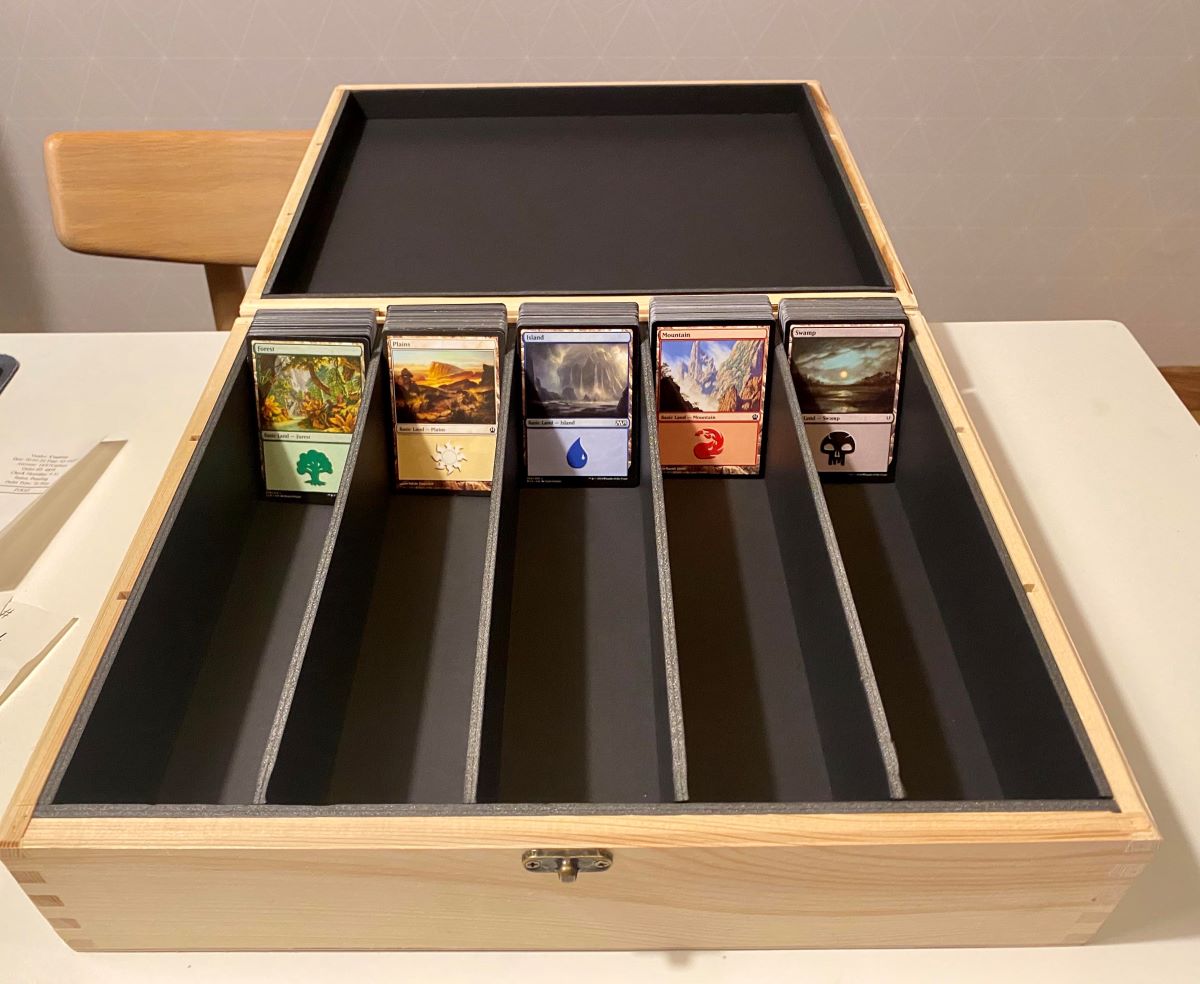
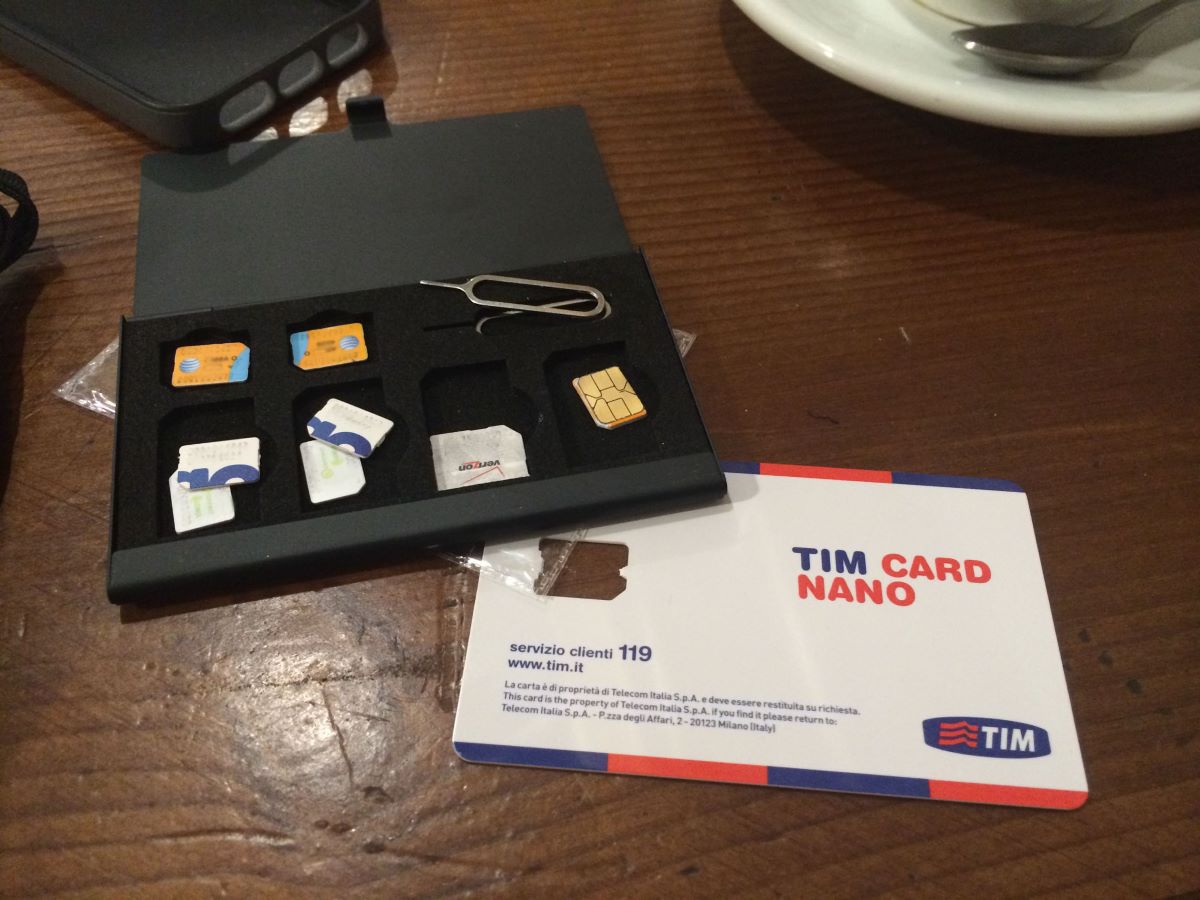
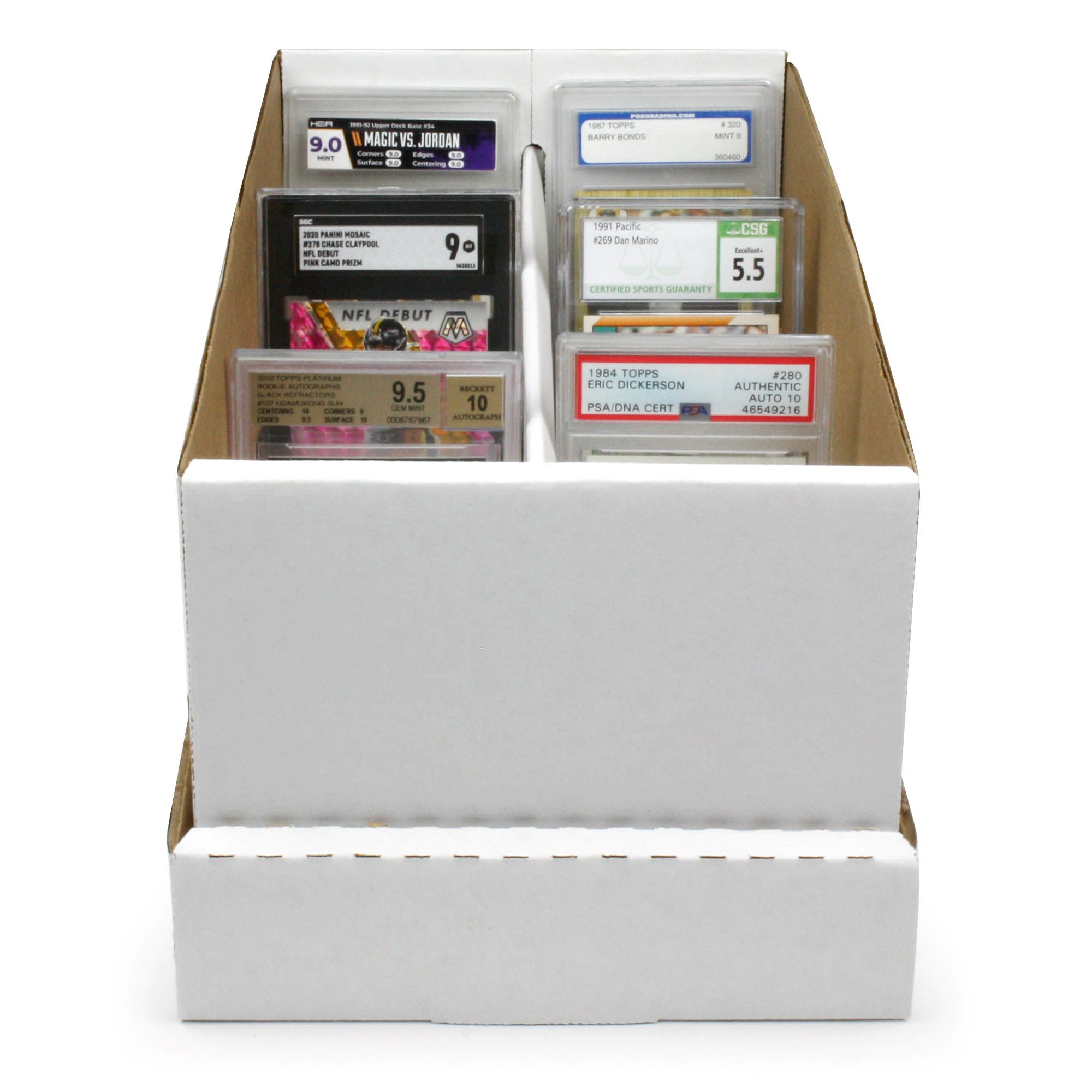
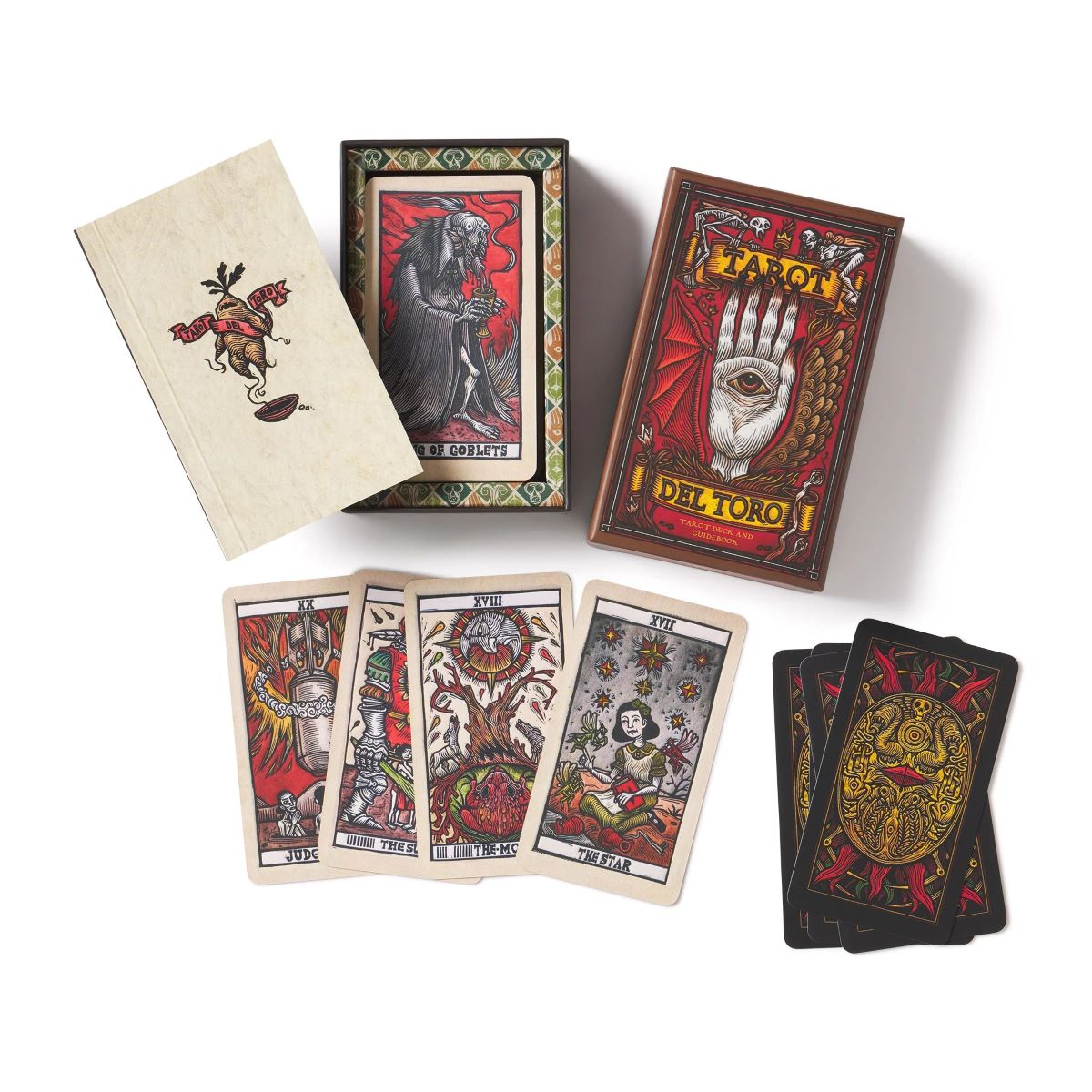
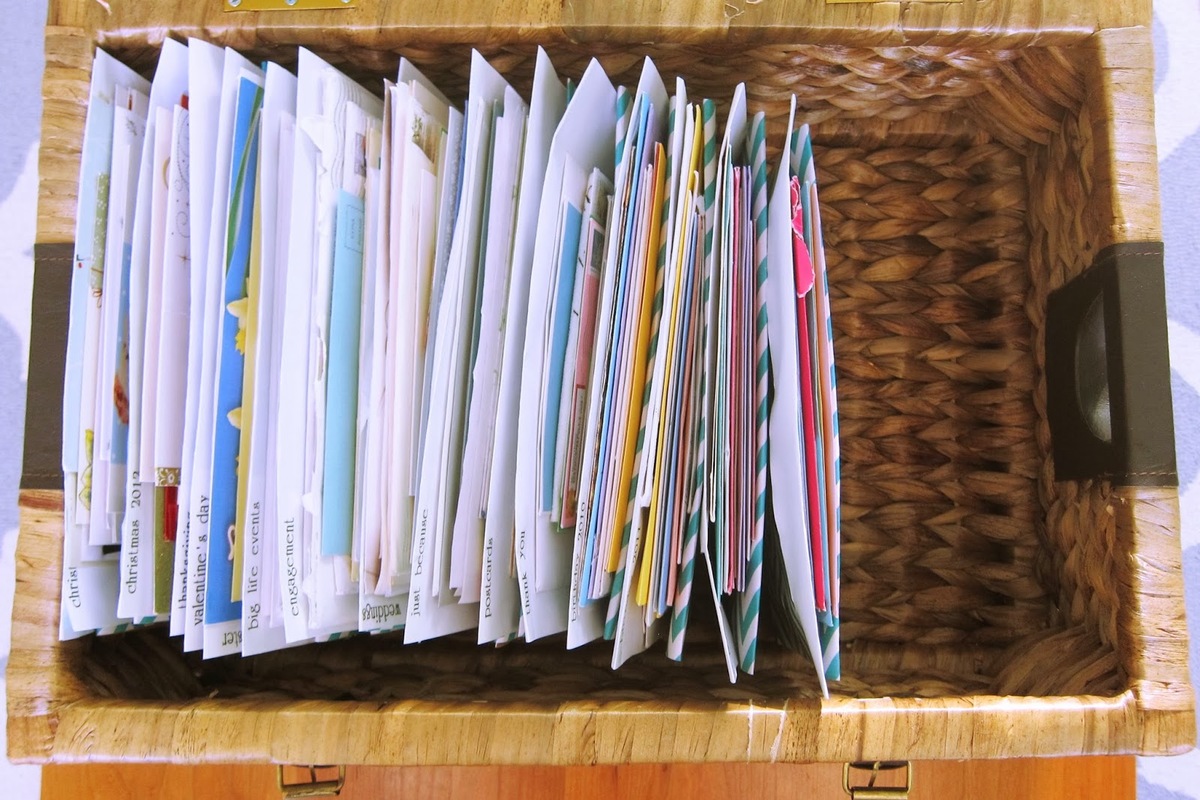

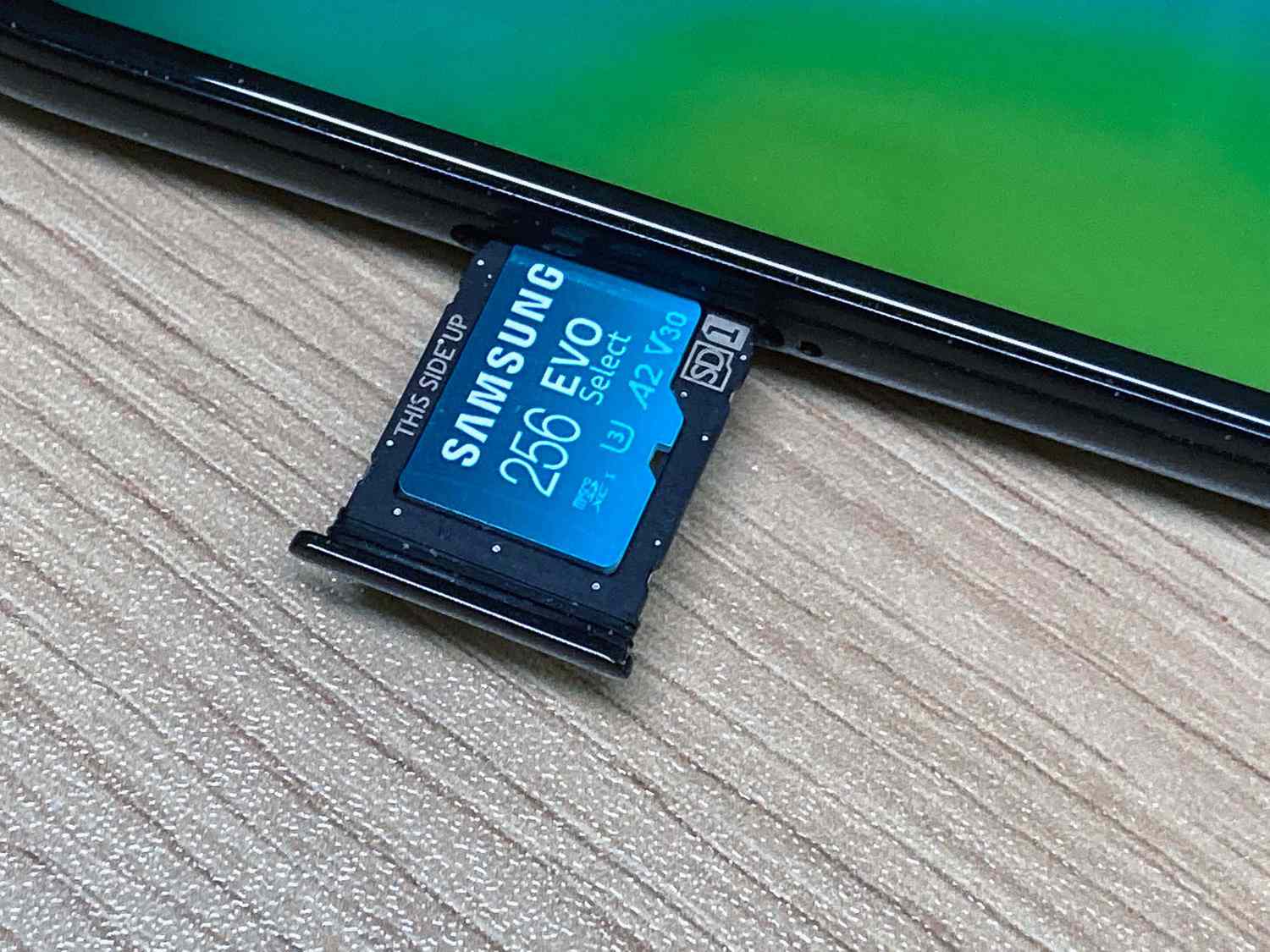
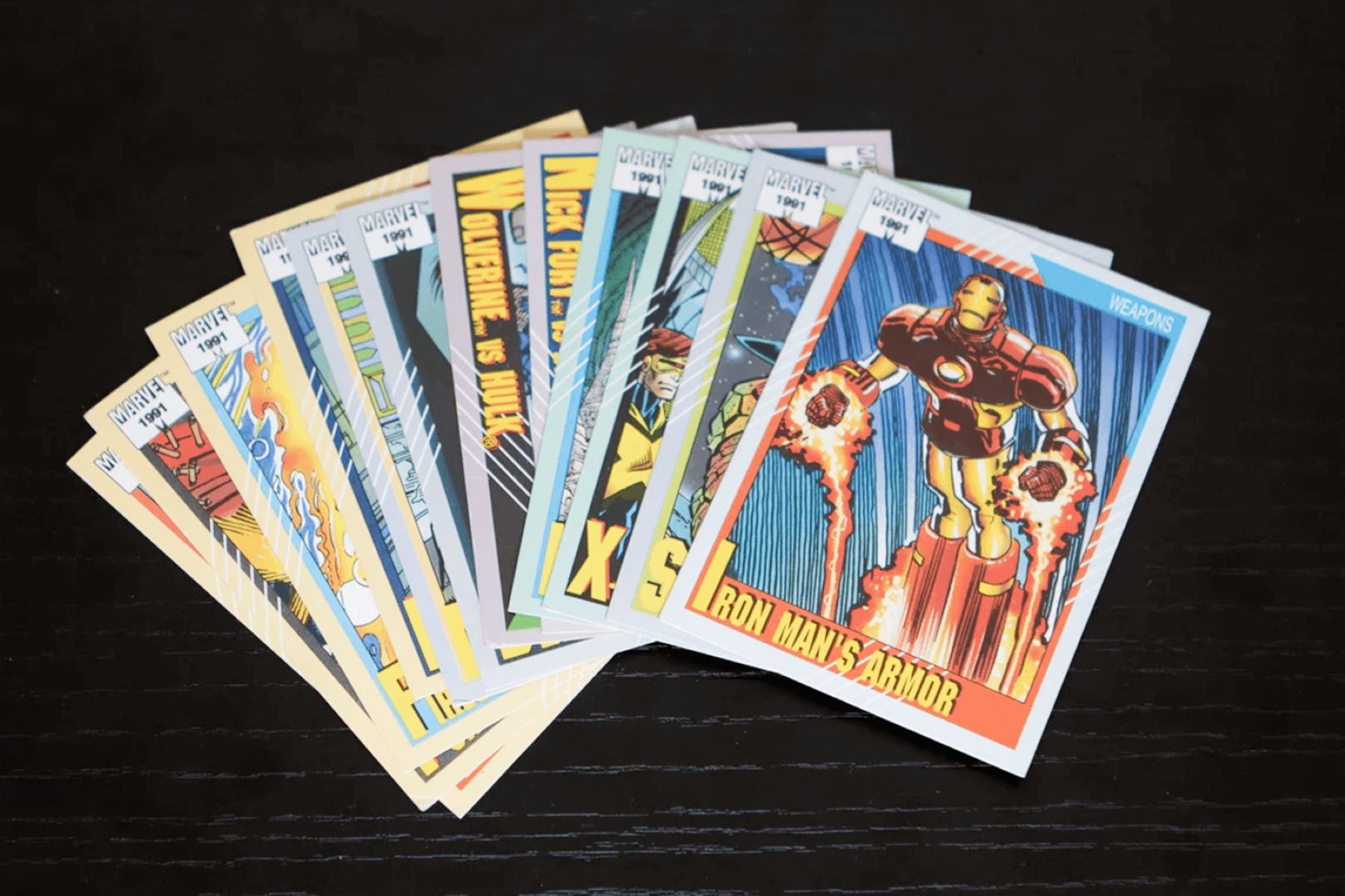
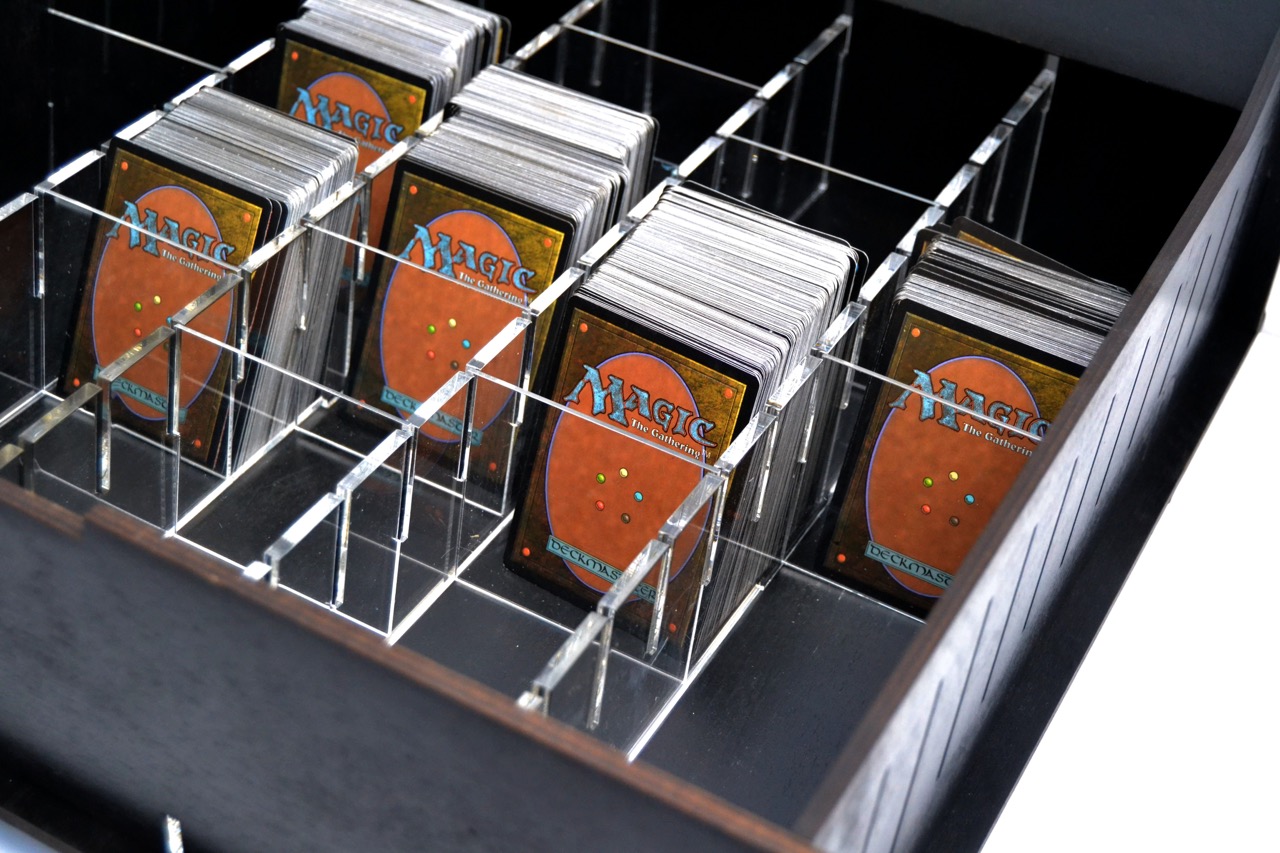

0 thoughts on “How To Store Baseball Cards”